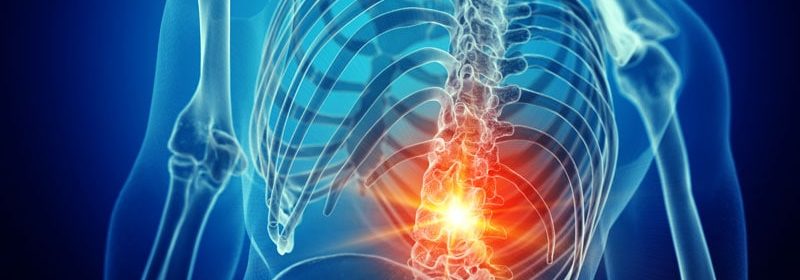Low Uptake in Nondrug Treatment for Low Back Pain With OUD

Only about 1 in 10 older adults with chronic low back pain and comorbid opioid use disorder (OUD) receive guideline-recommended nonpharmacologic pain therapies, with Black and Hispanic patients most liking to be missing out, new research shows.
“The findings underscore the need to address inequities in guideline-concordant pain management, particularly among Black or African American and Hispanic persons with OUD,” the investigators, led by Fiona Bhondoekhan, MS, with Brown University School of Public Health in Providence, Rhode Island, write.
The study was published online September 12 in JAMA Network Open.
Challenging Group
Chronic low back pain (CLBP) and OUD commonly co-occur, but treatment can be challenging for these comorbid conditions. Clinical practice guidelines recommend a multimodal approach that prioritizes nonpharmacologic treatment such as physical therapy (PT) and chiropractic care. Yet, little is known about the utilization of these therapies and whether racial and ethnic differences exist.
To investigate, Bhondoekhan and colleagues reviewed Medicare claims data on 69,362 beneficiaries (mean age 60 years; 61% women) with a new CLBP diagnosis and comorbid OUD from 2016-2018.
In terms of race and ethnicity, 77% were non-Hispanic White, 14% were Black or African American, 5.9% were Hispanic, 1.1% were American Indian / Alaska Native (AI/AN) and 0.6% were Asian or Pacific Islander. No race or ethnicity was reported for 1.2% of beneficiaries.
Among all beneficiaries, only 10.2% received PT or chiropractic services within 3 months of their CLBP diagnosis. The prevalence of PT was low (6.3%) but higher than for chiropractic care (4.7%).
By race/ethnicity, use of PT was lowest among AI/AN individuals (4.4%) and highest among Asian or Pacific Islanders (10.6%).
Chiropractic care was lowest among Black or African American (1.7%) and Hispanic (2.4%) persons and highest among non-Hispanic Whites (5.4%) and those in the unknown or other group (6%).
After adjusting for demographics and other factors, Black or African American and Hispanic patients had significantly lower odds of receiving any chiropractic care within 3 months of CLBP diagnosis, compared with non-Hispanic White patients, with adjusted odds ratios of 0.46 (95% CI, 0.39 – 0.55) and 0.54 (95% CI, 0.43 – 0.67), respectively.
No racial/ethnic differences were seen in receipt of PT.
This study highlights the “minimal” use of PT and chiropractic services in older adults with CLBP and OUD, as well as inequities in use by race/ethnicity, the researchers say.
Contributing factors may include limited availability of PT and chiropractic services, as well as limited patient and practitioner knowledge and skepticism about the efficacy of nonpharmacologic pain therapies and cultural influences.
“Incorporating nonpharmacologic pain therapies along with medication for OUD creates a pain management approach that can minimize safety risks,” they write. However, only about 6% of beneficiaries were taking medication for OUD.
The investigators note that “efforts are needed to elucidate and address the individual, practitioner, and system-level risk factors that limit racial equity in guideline-recommended pain management in general and for persons with OUD.”
Funding for this research was provided by the National Institute of General Medical Sciences (NIGMS). The authors report no relevant financial relationships.
JAMA Netw Open. Published online September 12, 2023. Full text
For more Medscape Neurology news, join us on Facebook and Twitter
Source: Read Full Article